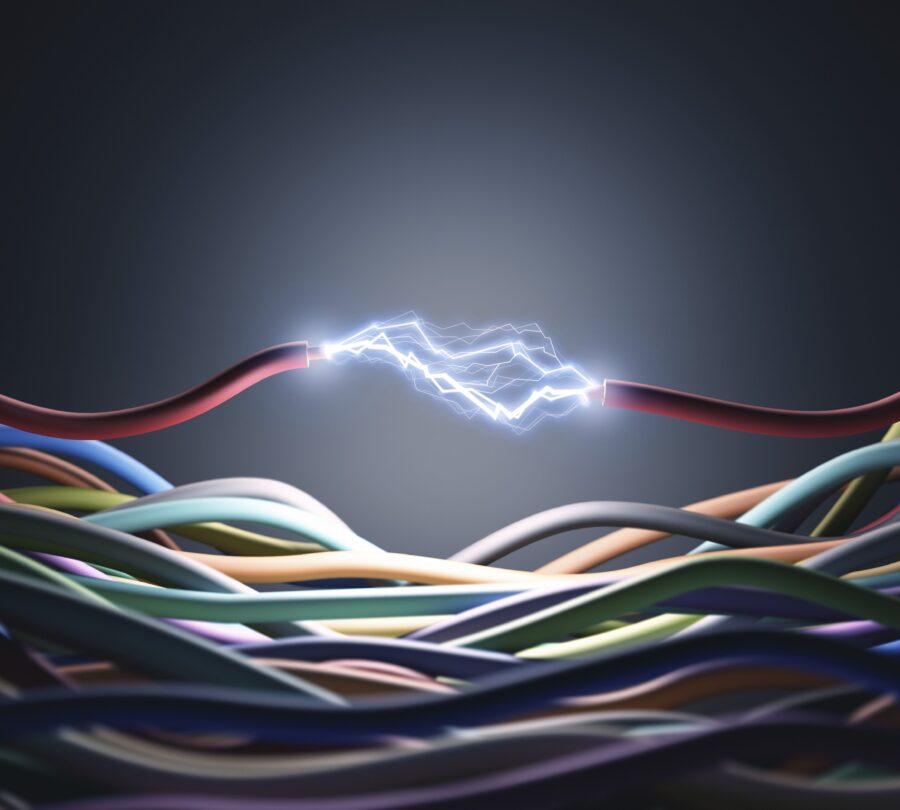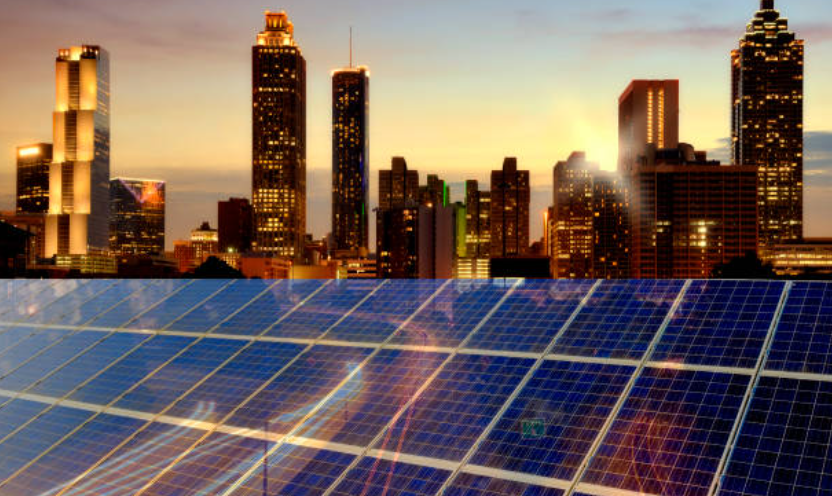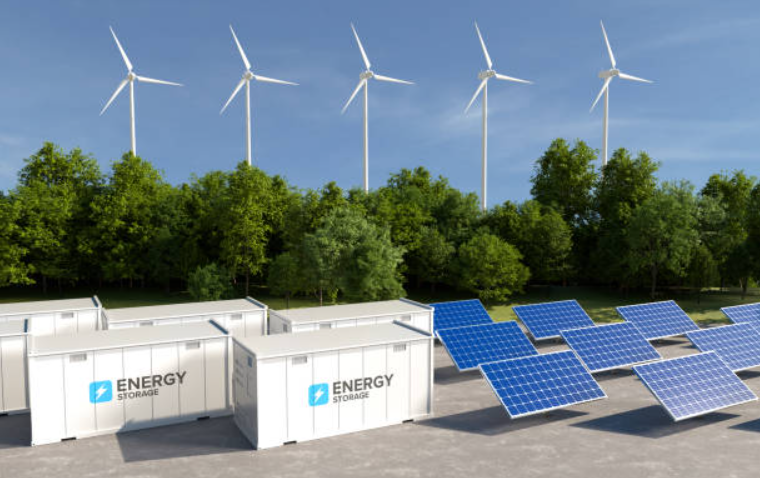Understanding what consumes the most electricity in your home is crucial if you’re looking to cut down on costs and improve energy efficiency. Whether you want to reduce your electric bill or explore electric-saving appliances, knowing where your energy is being used is the first step toward making smarter decisions. In this article, we’ll break down which devices use the most electricity, how you can identify them, and ways to save energy.
What Appliances Use the Most Electricity?
Many homeowners are surprised to find out which appliances drive up their electricity usage. Let’s dive into some of the biggest electricity consumers in a typical home.
1. Heating and Cooling Systems (HVAC)
Heating and cooling systems account for nearly half of a home’s energy consumption, especially in climates with extreme seasons. According to the U.S. Energy Information Administration (EIA), space heating accounts for 29% of annual energy use in U.S. households, while air conditioning takes up 6%.
2. Water Heaters
Your water heater likely comes in second, using around 18% of household energy. The cost can add up when you consider how often people use hot water for showers, dishwashing, and laundry.
3. Lighting
Lighting can be another significant source of electricity consumption. Traditional incandescent bulbs are highly inefficient, converting only about 10% of the energy they use into light, with the rest wasted as heat. Switching to LED bulbs can cut energy use by 75%.
4. Refrigerators
A refrigerator runs 24/7, making it one of the largest electricity consumers in most homes. According to Energy Star, the average refrigerator uses about 600 kWh annually. Opting for electric-saving appliances, like energy-efficient refrigerators, can reduce your overall consumption.
5. Laundry Appliances
Washing machines and dryers are also major electricity users. A single dryer cycle can use as much as 5,000 watts. Electric-saving appliances in the laundry room, such as high-efficiency washers and condensing dryers, can significantly reduce this usage.
How to Measure What Uses the Most Electricity in Your Home
Use a Smart Meter
Many electric companies offer smart meters that provide real-time feedback on your energy consumption. By checking your electricity usage during different times of the day or when certain appliances are running, you can easily determine which devices use the most electricity.
Use Plug-in Power Meters
Plug-in power meters are another effective way to track the energy usage of individual appliances. Simply plug the device into the meter, and it will display how much electricity is being used. This can help identify which electric-saving appliances could be most beneficial for you.
How Can I Reduce My Electricity Usage?
1. Upgrade to Electric Saving Appliances
Investing in energy-efficient appliances is one of the easiest ways to lower your electric bills. Appliances with the Energy Star label are certified to use less energy than standard models.
For instance, an Energy Star refrigerator uses 15% less energy than a standard one, while energy-efficient washing machines use 25% less energy and 33% less water than their traditional counterparts.
2. Install a Smart Thermostat
A smart thermostat allows you to optimize your heating and cooling system, adjusting the temperature when you’re not home or sleeping, which can save you 10-12% on heating and 15% on cooling costs annually.
3. Use Solar Energy
If you’re serious about reducing your electricity bill, consider switching to solar energy. Many companies, like SolarBuyback.com, allow you to sell back excess energy you generate, which can significantly reduce your costs or even turn a profit.
4. Switch to LED Lighting
As mentioned earlier, LED bulbs use 75% less electricity than incandescent bulbs. They also last longer, meaning you’ll save money on replacement bulbs over time.
Real Data on Electricity Consumption
Here’s a table illustrating the average annual energy consumption of common household appliances:
 Expert Insights on Reducing Electricity Use
Expert Insights on Reducing Electricity Use
Emma Greenfield, a well-known energy-efficiency expert with over 200k followers on Instagram, states:
“Switching to energy-efficient appliances isn’t just good for the environment, it’s great for your wallet. Over a year, using electric-saving appliances can cut household electricity consumption by as much as 30%!”
By incorporating these small changes and switching to electric-saving appliances, you can significantly reduce your household’s energy use and save money in the long run.
Final Thoughts
Understanding which appliances consume the most electricity is essential for cutting costs and improving your home’s energy efficiency. While large systems like HVAC and water heaters are known to be big energy consumers, everyday items like refrigerators and lights can also add up. Tracking your usage with tools like smart meters, upgrading to electric saving appliances, and even investing in solar energy solutions from trusted companies like SolarBuyback.com are some of the best steps you can take.
To learn more about how solar energy can help you save on electricity, visit SolarBuyback.com.



